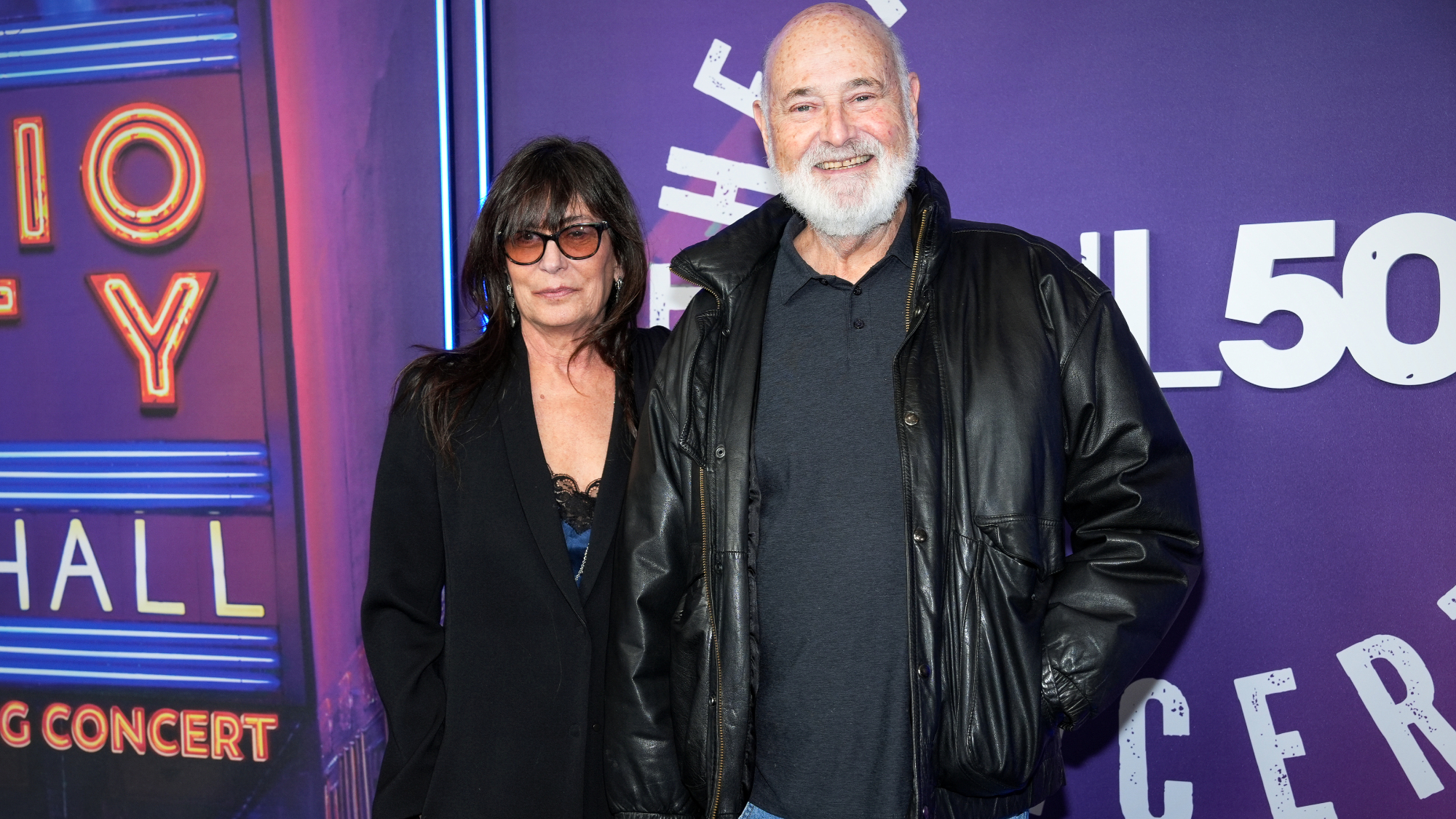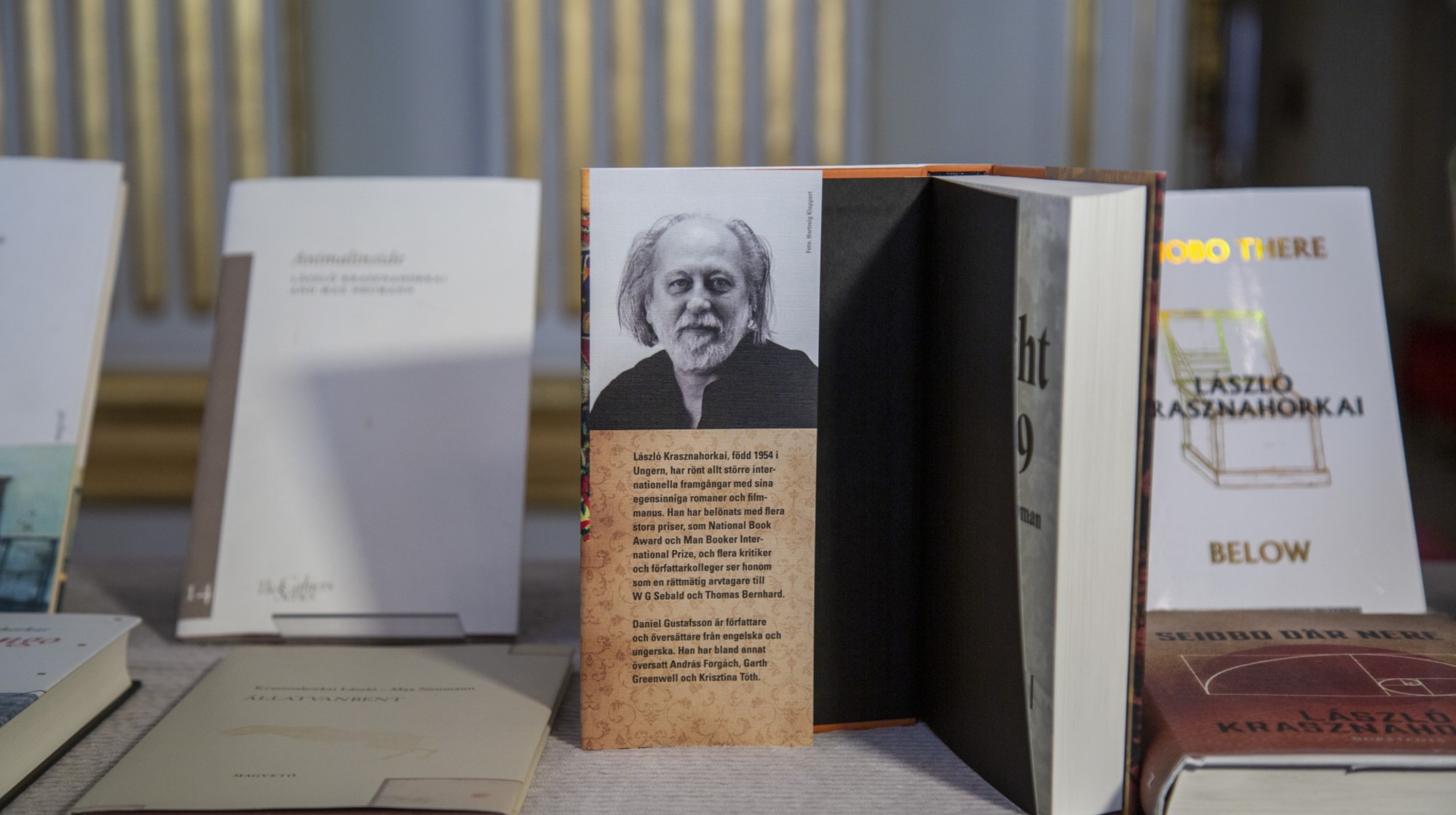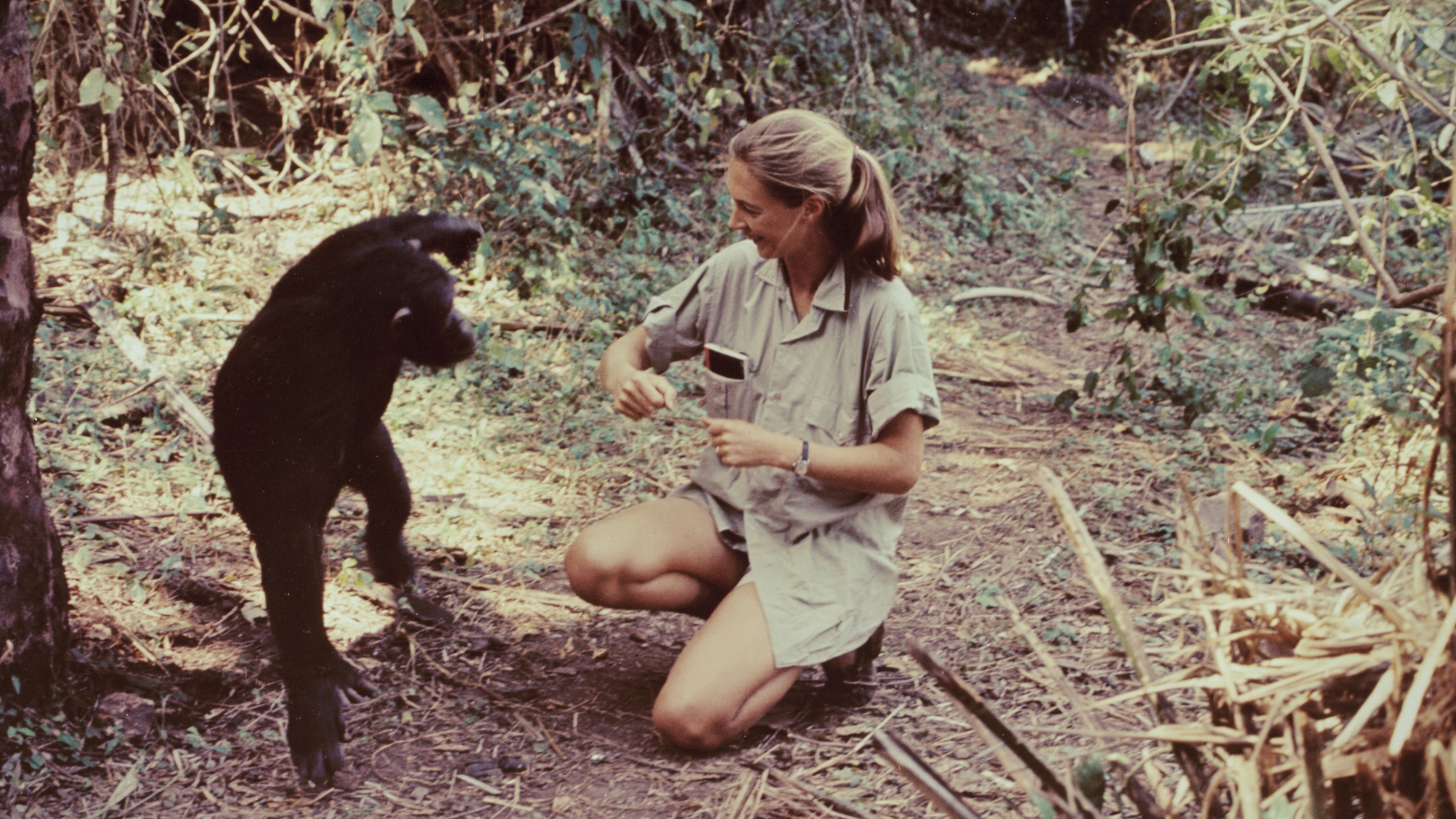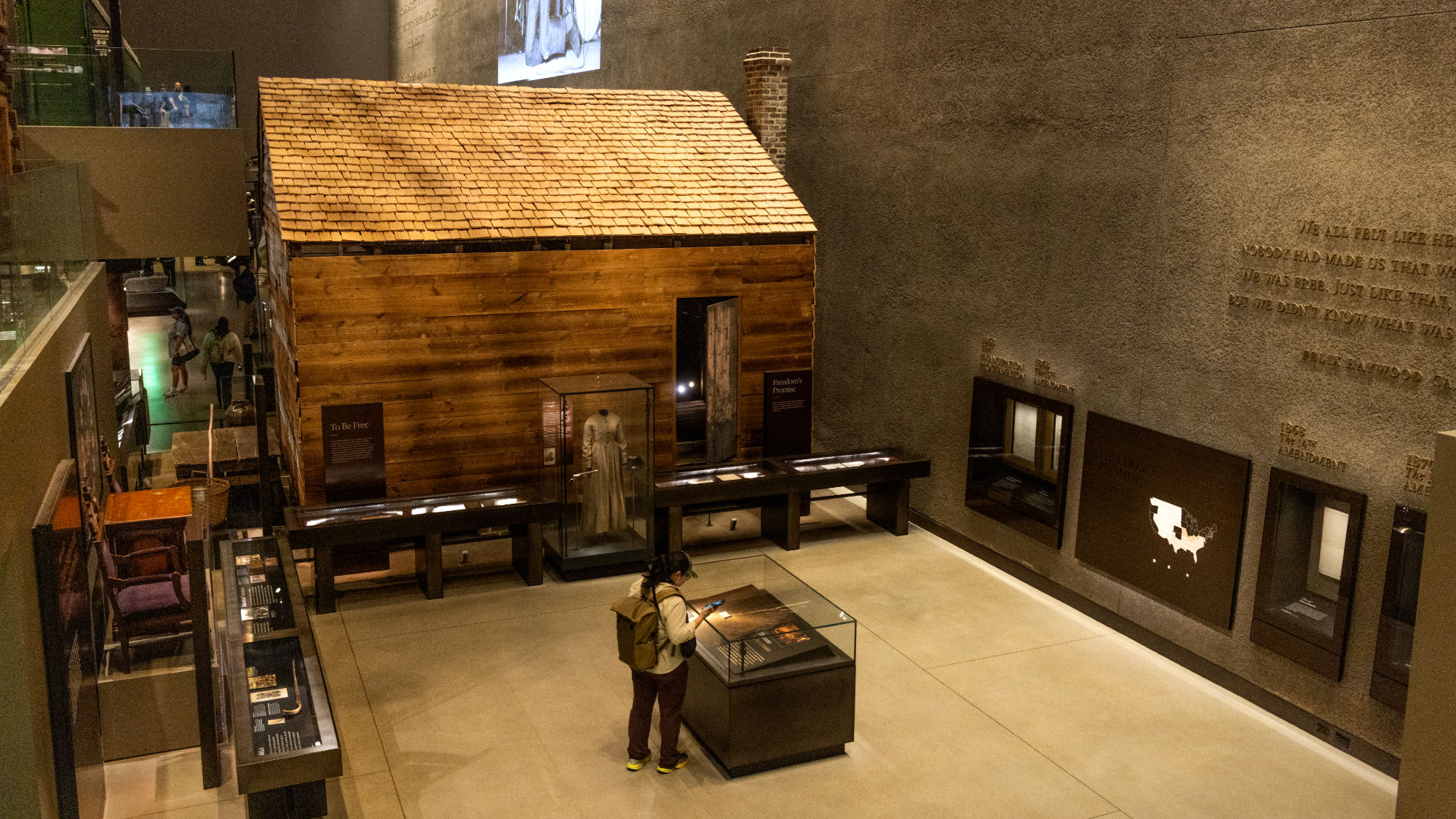Yes, a company made a meatball from lab-grown woolly mammoth meat. No, you can't try it.

An Australian company that specializes in lab-grown meat announced Tuesday that it has created a large meatball made from woolly mammoth, an animal that has been extinct for thousands of years. The company, Vow, unveiled its mammoth meatball at the NEMO Science Museum in Amsterdam.

Vow said it created its ground mammoth meat by isolating a meat-producing myoglobin gene from publicly available mammoth DNA, filling in the blanks with African elephant genetic data, inserting the reconstructed mammoth gene into a sheep cell, then growing enough of those cells to create a tetherball-sized meatball. The company explained its process and rationale in a glossy promotional video.
The mammoth meatball was baked and flame-broiled by a blowtorch-wielding chef, and it reportedly smelled good, like cooked crocodile meat. But nobody taste-tested it, and you won't be able to sample Vow's mammoth meat either. The only one they made is now glazed for preservation in a museum, and Vow said its publicly stunt was designed to highlight the need for more sustainable meat in the face of climate-related extinction, not market mammoth burgers. Vow's original plan, to create dodo meat, was stymied by the lack of viable DNA, Australian bioengineering professor Ernst Wolvetang told The Guardian.
The Week
Escape your echo chamber. Get the facts behind the news, plus analysis from multiple perspectives.

Sign up for The Week's Free Newsletters
From our morning news briefing to a weekly Good News Newsletter, get the best of The Week delivered directly to your inbox.
From our morning news briefing to a weekly Good News Newsletter, get the best of The Week delivered directly to your inbox.
Also, mammoth meat is "an extinct protein," Vow said, and nobody is sure it's safe to consume. "We have no idea how our immune system would react when we eat it," Wolvetang said. "But if we did it again, we could certainly do it in a way that would make it more palatable to regulatory bodies." Singapore is the only country that has approved lab-grown meat for human consumption — Vow is angling to sell cultivated Japanese quail there this year — though the U.S. Food and Drug Administration appears close to green-lighting lab-grown chicken.
Most of the 100-plus companies working on bringing cultivated meat to market are focusing on chicken, pork, and beef, but Vow is trying to improve on nature, experimenting with kangaroo, peacock, alpaca, crocodile, and other more exotic meats to create unique carniverous offerings. Some proponents of lab-grown meat welcomed Vow's stunt as a conversation-starter but suggested that focusing on perfecting cultivated varieties of meat people actually eat would do more to build up the industry and save the planet.
"It's probably a harmless gimmick, but I'm not a fan of advertising this mostly sheep meatball as genuine mammoth, and I'm skeptical that the stunt is going to sell anyone on cultivated meat," Isaac Schultz groused at Gizmodo. And "if the stunt really does supercharge the cultivated meat market, I guess that's a good thing — but I suspect all it will do is get folks pondering what other extinct and rare creatures should be tasted."
Anyone uncomfortable with meat cultivated in a lab, be it a beef burger or mammoth meatball, has other options in lab-food experimentation. CBS News, for example, highlighted as an edible 3D-printed cheesecake on Tuesday, to mixed reviews.
A free daily email with the biggest news stories of the day – and the best features from TheWeek.com

Peter has worked as a news and culture writer and editor at The Week since the site's launch in 2008. He covers politics, world affairs, religion and cultural currents. His journalism career began as a copy editor at a financial newswire and has included editorial positions at The New York Times Magazine, Facts on File, and Oregon State University.
-
 Political cartoons for January 3
Political cartoons for January 3Cartoons Saturday's political cartoons include citizen journalists, self-reflective AI, and Donald Trump's transparency
-
 Into the Woods: a ‘hypnotic’ production
Into the Woods: a ‘hypnotic’ productionThe Week Recommends Jordan Fein’s revival of the much-loved Stephen Sondheim musical is ‘sharp, propulsive and often very funny’
-
 ‘Let 2026 be a year of reckoning’
‘Let 2026 be a year of reckoning’Instant Opinion Opinion, comment and editorials of the day
-
 Son arrested over killing of Rob and Michele Reiner
Son arrested over killing of Rob and Michele ReinerSpeed Read Nick, the 32-year-old son of Hollywood director Rob Reiner, has been booked for the murder of his parents
-
 Rob Reiner, wife dead in ‘apparent homicide’
Rob Reiner, wife dead in ‘apparent homicide’speed read The Reiners, found in their Los Angeles home, ‘had injuries consistent with being stabbed’
-
 Hungary’s Krasznahorkai wins Nobel for literature
Hungary’s Krasznahorkai wins Nobel for literatureSpeed Read László Krasznahorkai is the author of acclaimed novels like ‘The Melancholy of Resistance’ and ‘Satantango’
-
 Primatologist Jane Goodall dies at 91
Primatologist Jane Goodall dies at 91Speed Read She rose to fame following her groundbreaking field research with chimpanzees
-
 Florida erases rainbow crosswalk at Pulse nightclub
Florida erases rainbow crosswalk at Pulse nightclubSpeed Read The colorful crosswalk was outside the former LGBTQ nightclub where 49 people were killed in a 2016 shooting
-
 Trump says Smithsonian too focused on slavery's ills
Trump says Smithsonian too focused on slavery's illsSpeed Read The president would prefer the museum to highlight 'success,' 'brightness' and 'the future'
-
 Trump to host Kennedy Honors for Kiss, Stallone
Trump to host Kennedy Honors for Kiss, StalloneSpeed Read Actor Sylvester Stallone and the glam-rock band Kiss were among those named as this year's inductees
-
 White House seeks to bend Smithsonian to Trump's view
White House seeks to bend Smithsonian to Trump's viewSpeed Read The Smithsonian Institution's 21 museums are under review to ensure their content aligns with the president's interpretation of American history
